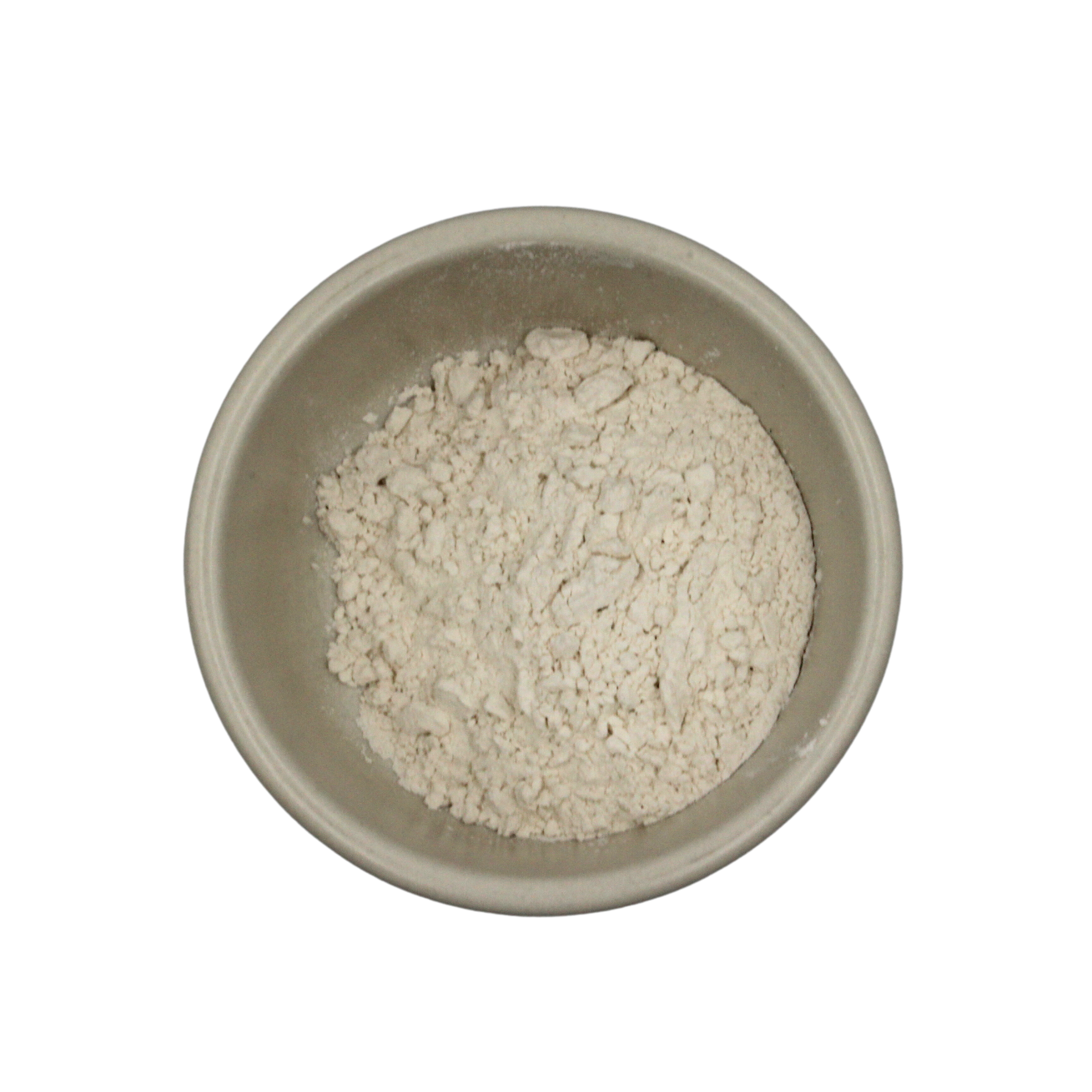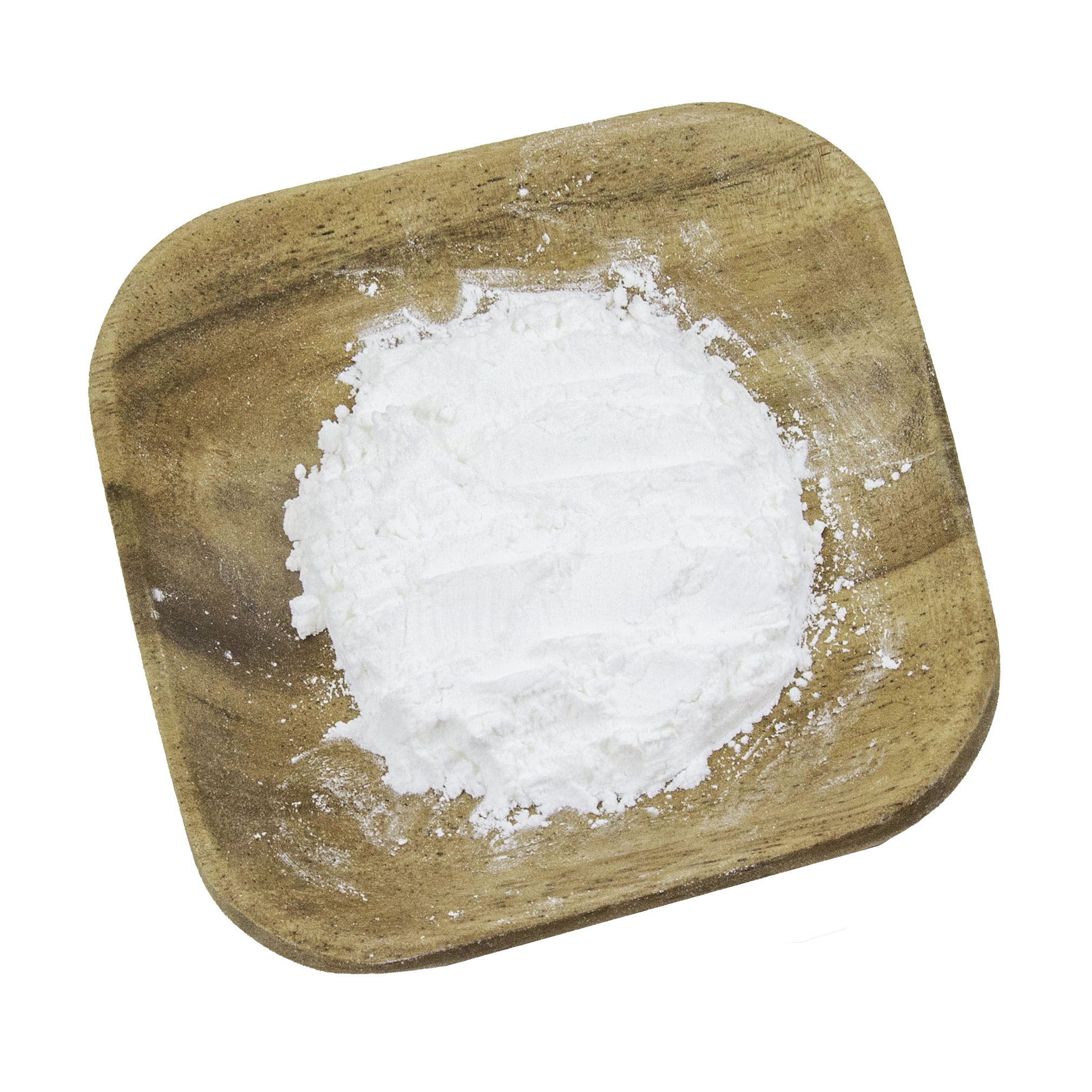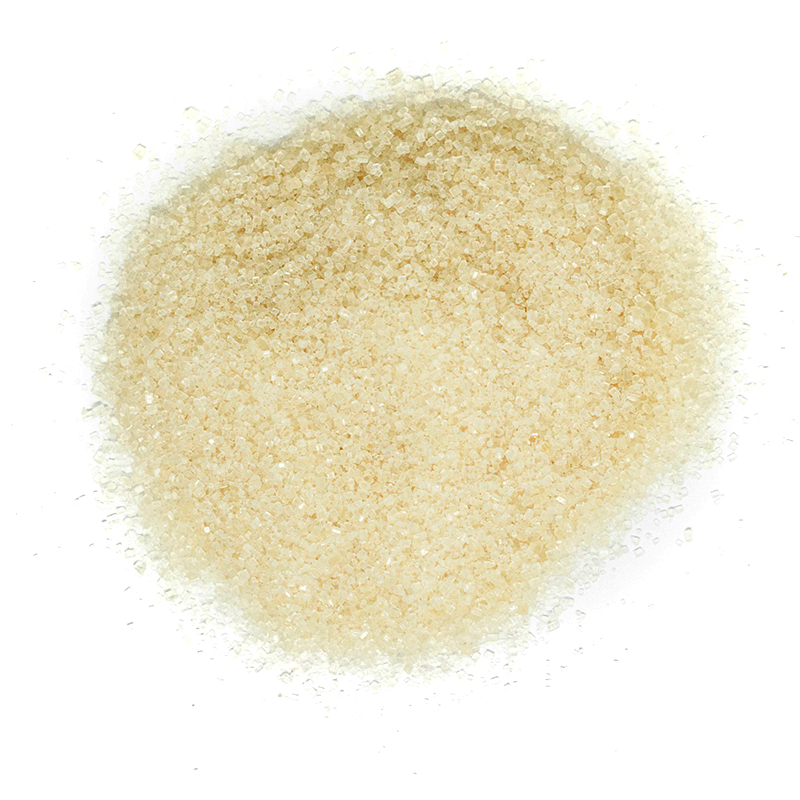Few cultural staples have been sold for thousands of years and can still be seen in retail grocery stores and your local farmer’s markets today. Organic Cassava flour, also known as manioc and yuca, is one example of a food that has stood the test of time.
What is Organic Cassava Flour?
Cassava flour is a gluten-free, grain-free, and nut-free flour made from the cassava root (yuca).
Some have called this product the “next wave in grain-free baking” due to its easy-to-use texture and a mild taste.
In several regions of Africa and Indonesia, cassava roots are chipped into pieces, sun-dried, and then pounded into a course meal or flour. The cassava root is ground and then dried to create cassava flour.
Where does it come from?
Cassava is native to South America and grown in tropical and subtropical regions. It is a major staple food in some parts of the world, providing a basic diet for over half a billion people.
Cassava-based dishes are widely consumed wherever the plant is cultivated; some have regional, national, or ethnic importance.
Westpoint Natural’s Organic Cassava Flour is from India.
How can you cook Cassava?
Cassava root can be prepared in many ways. The roots of the sweet variety have a delicate flavour and can replace potatoes.
In Brazil, detoxified manioc is ground and cooked to a dry, and often hard or crunchy meal known as ‘farofa’ used as a condiment, toasted in butter, or eaten alone as a side dish.
You can find Cassava in the frozen aisle or in a flour or meal form in specific grocery stores. In households today, Cassava flour is used as a baking product to make bread, cakes, and cookies.
Why Organic Cassava Flour?
Organic Cassava flour is gluten-free, grain-free and nut-free, which makes it a perfect substitute for those that are gluten intolerant or have allergens.
This flour is low in fat and sugar. In addition, it has a low-calorie density compared to other gluten-free flour, including corn, wheat, almond, coconut, rice, and sorghum flour.
If you are unable to use coconut or nut-based flour in recipes, cassava is another great alternative for gluten-free baking.
Cassava Flour is low in sugar, fat, and sodium. It may be a good substitute for people with diabetes, high blood pressure or high cholesterol. Equally important, it provides a similar amount of carbohydrates compared to grain-based flour. Meaning consuming Cassava may help to support energy levels in people who are active and want to avoid eating other starches.
Cassava is a good source of resistant starch, which supports gut health and blood sugar management. As Cassava is grain-free, it is an option for those with gluten intolerance symptoms. This is a great product for people with sensitive digestive systems or disorders.
What does it taste like?
The inside of the cassava plant is white, and starchy, and tastes best when cooked. Furthermore, it has a very mild and neutral flavour. The flour is not grainy or gritty in texture. It is soft and powdery which makes it perfect to use in baking applications.
How to use Organic Cassava Flour
Many use this Latin American staple to make empanadas, tamales, tortillas, and chips. It is commonly used as a thickening agent for many dishes.
Other uses for Organic Cassava Flour:
– Soups and sauces
– Flatbreads or quickbreads
– Gluten-free pasta
– Puddings and custards
– Baked goods such as cakes, cookies, muffins, bagels, and pies.
Our favourite way to use this grain-free, nut-free flour is pancakes! Try our recipe below!



